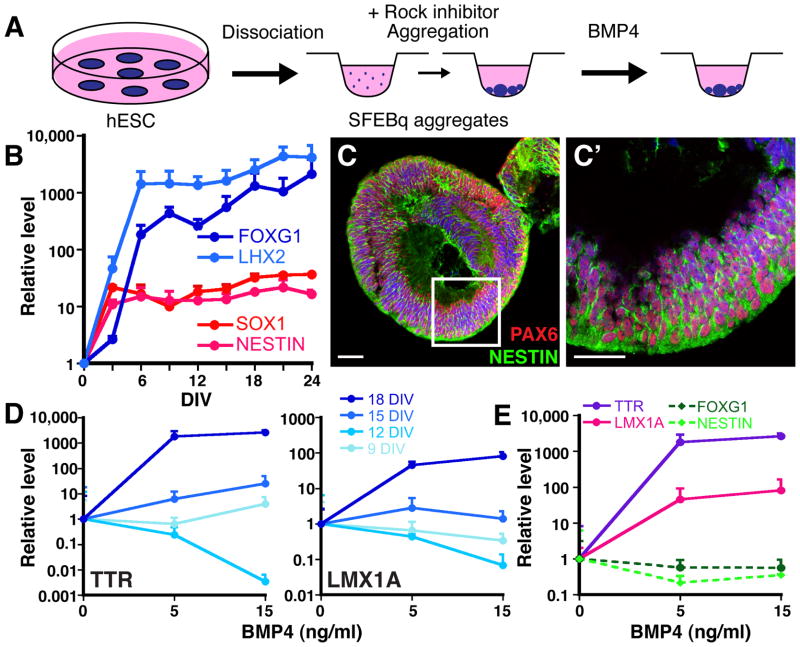Fig. 6. BMP4 sufficiency to induce CPEC markers from hESC-derived neural progenitors.
(A) Schematic of the differentiation method. The hESCs form multiple and less uniform SFEBq aggregates than mESCs. (B) Temporal analysis of neural induction in hSFEBq aggregates (9000 hESCs/well, RT-qPCR normalized to hESCs). Dramatic increases in forebrain (LHX2, FOXG1) and generic neural progenitor gene expression (SOX1, NESTIN) occur by 6 DIV and are stably maintained thereafter. (C) ICC of 9000 cells/well hSFEBq aggregates at 21 DIV for PAX6 and NESTIN demonstrate efficient neural induction. (D) Temporal- and BMP4 concentration-dependent induction of CPEC genes in hSFEBq aggregates (9000 cells/well, RT-qPCR normalized to no BMP4 controls). 18-day aggregates show marked BMP4-mediated upregulation of TTR and LMX1A, while little to no induction is seen in 9-, 12-, or 15-day aggregates. TTR and LMX1A baselines also increased with aggregation time (~64X for TTR, 4X for LMX1A), but these baseline changes were much less than the BMP4-mediated changes in 18-day aggregates (>1000X for TTR, >100X for LMX1A). (E) CPEC and neural progenitor markers, 18-day aggregates (RT-qPCR normalized to no BMP4 controls). BMP4 induces CPEC markers TTR, LMX1A, and OTX2 at the expense of neural progenitor markers FOXG1 and NESTIN. Scale bars: 50 um.

